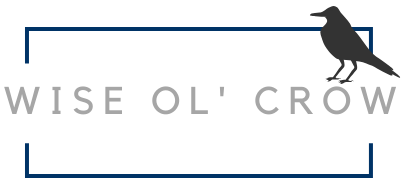Understanding and Opening an IRA

While there are several financial vehicles for saving money, few will benefit the investor,
especially those with a retirement focus, more than an individual retirement account. IRAs are incredible tools for retirement savings, but only for the right individual. It is necessary to
understand the account before deciding to open it.
IRA Basics
An IRA account allows the investor to contribute funds toward retirement in a tax-advantaged way. Most financial institutions offer IRA accounts on a tax-deferred basis or with tax-free growth.
However, before you invest in such an account, make sure that you are in a financial situation to do so. Investors should avoid an IRA if they hold significant high-interest debt or medical bills. A person should only consider opening an IRA when their financial situation is under control and can manage the contributions.
Investor Involvement
For the financially healthy individual, before opening an IRA, you need to determine what type of investor you want to be. Are you more hands-on or hands-off? Using an online broker would allow you to manage and choose your investments. Working with an online broker means that you buy and sell investments for yourself.
If you are more interested in sitting back and watching your portfolio grow, then a robo-advisor may be how you want to go. Robo-advisers rebalance your portfolio and choose low-cost funds that align with your investing preferences. The benefit of an automated approach is the reduced cost.

Align Investor Type With IRA Firm
Once you know your investor type, you need to find an IRA provider for your portfolio. For
investors that want the hands-on approach, you need to be aware of account minimums,
investment minimums and fees and commissions. You want to find a broker with low fees and commissions, but who also provides educational resources and customer support.
For those who want a more automated IRA approach, look for firms that offer robo-advisers.
While allocation and portfolio rebalancing are typically standard, access to human advisers may not be. You want to make sure that the IRA provider you choose fits your needs. You also want to find an institution with low management fees, 0.40% or less.
Open the Account
Opening the account is not difficult. While every provider may require a variety of information, most will only ask a few basic questions and personal details.
• Account type (Roth or traditional)
• Contact information
• Social security number
• Date of birth
• Employment information
Fund the Account
There are essentially three ways to fund an IRA account: funds from a bank account, transferring existing IRA assets or rolling over a 401(k). If you are transferring from a current bank or another brokerage account, you need the account and routing numbers. Keep contribution limits in mind. For 2020, contribution limits are $6,000 for people under 50 and $7,000 for older individuals.
If you have an existing 401(k) from a previous employer, it is often best to roll it over into an IRA account because of investment options and lower fees. The rollover process is straightforward: contact the plan administrator and fill out necessary forms.
An IRA is an excellent tool for retirement, but it is necessary to understand the vehicle. If you are interested in more retirement insights, keep reading the Wise Ol' Owl.

